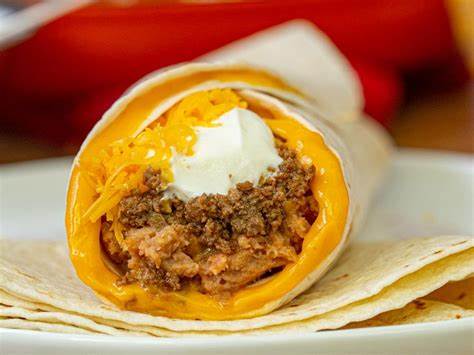Living a gluten-free lifestyle doesn’t mean missing out on delicious desserts! Whether you’re gluten-intolerant, have celiac disease, or just want to explore new treats, these recipes are here to satisfy your sweet tooth. The best part? These desserts are so good, no one will believe they’re gluten-free!
The Best Gluten-Free Desserts Even Non-Celiacs Will Love
read more


